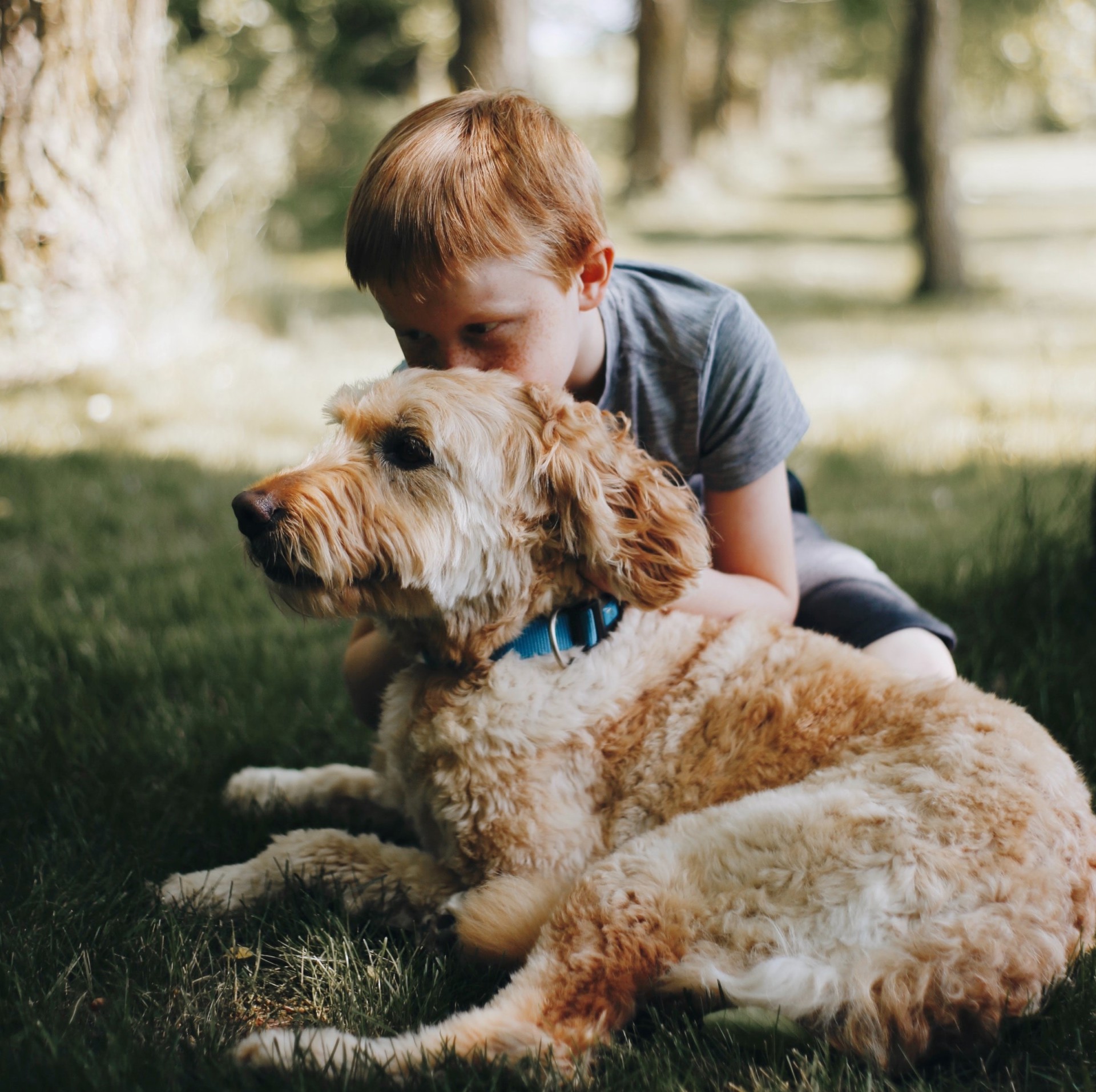Nearly all children love animals – usually much more than they love learning. So why not put the two together, to see if animals can help children learn?
It’s not a new idea, but it has been gathering pace in recent years, and before the latest lockdown many teachers had been taking animals – like the school rabbit or their own dog – into lessons. And while creatures, ranging from cats, hamsters, dogs and lizards to larger animals like horses, can boost children’s wellbeing, animal-assisted interventions can also help children’s learning and development.
In science, children can learn about the animals themselves but it goes much further than that. In other lessons, the presence of animals can make children feel more relaxed, and it can also boost their learning in less obvious areas like social and emotional development.
Most children’s animal-loving nature, which stretches back to time immemorial, is a wonderful basis for teachers and parents to build on. Animals don’t worry about your appearance, class or background. In a chaotic world they’re a dependable friend, offering children much needed emotional security and comfort.
There’s no doubt the presence of an animal can bring immense benefits to many learners. But we must remember not every animal will enjoy being in an educational environment. Animals are capable of feeling complex emotions, and they express these in sophisticated ways.
If we choose to involve them in classrooms we must acknowledge these voices, treating them as equal participants, not merely as teaching resources.
Here are some purr-fect points that outline how interacting with animals, and owning a pet, can benefit children…
1. Social Behaviour
Caring for animals promotes a sense of responsibility, with children developing empathy as they learn to recognise when animals are thirsty, tired or hot and this is an important step in becoming less self-centred themselves.
Participating in meaningful caring activities can promote a child’s sense of confidence and self-worth and may foster a lasting affinity with the natural world. Animals can become a non judgemental friend.
Children also learn how to take turns caring for animals, and they don’t feel pressurised by animals in the same way they may with their peers.
2. Emotional Wellbeing
A relationship with an animal can encourage a sense of security and belonging. Similarly, children who lack confidence in speaking to humans can address this by gaining confidence through talking to animals.
Animals provide very clear ‘biofeedback’ about their emotions via their body language – so when animals like dogs or cats give feedback, whether it’s wagging a tail, purring, or moving away, children learn to regulate their own behaviour.
They learn the importance of being calm around animals and to identify signs of stress.
Children with particular anxieties find it comforting to know they’re not alone – to hear that even great big dogs or confident cats have fears, such as thunder, fireworks or the whirring of the vacuum cleaner.
In addition, some children with attachment difficulties find it much easier to be around animals, which can help them learn to develop bonds with humans.
3. Language, Literacy and Communication
Children can develop speaking and listening skills through talking about an animal’s needs with its owner.
They need to listen carefully to instructions on how to care for the animal, or to give simple instructions to the dog.
They can become more confident in talking or reading to animals, who are a non-critical audience, and if an animal visits a child’s school, they can go home and tell their parents all about it, creating a conversation.
Reading to dogs schemes can motivate and engage reluctant readers, while encouraging children to improve their reading and literacy..
The child and the dog build up a special relationship which encourages children to want to read because it’s fun – and not just because they have to.
4. Physical Development
Simply walking a dog brings huge physical and physiological benefits.
Studies have shown dog owners are four times more likely to meet recommended physical activity guidelines.
And when a child physically stretches out and soothes an animal, it releases endorphins in the nervous system, which can reduce anxiety.
In addition, through interacting with animals, by grooming or feeding for example, children and young people develop a range of fine and gross motor skills.
Those with physical disabilities, such as cerebral palsy, can benefit from equine-assisted therapy as well.
5. Imagination, Curiosity and Creativity
We should also not forget most children find animals fascinating.
Animals have many apparent superpowers – take, for example, a dog’s sense of smell or hearing, a fish’s ability to live underwater or a bird’s ability to fly. These can capture children’s imaginations and curiosity, generating questions and a desire to find out more.
They can role-play animal characters, developing a range of social and imaginative skills as they do so.
Throughout the world, children are busy developing research skills in animal-themed school projects because teachers know the power animals have to inspire and motivate their students.







